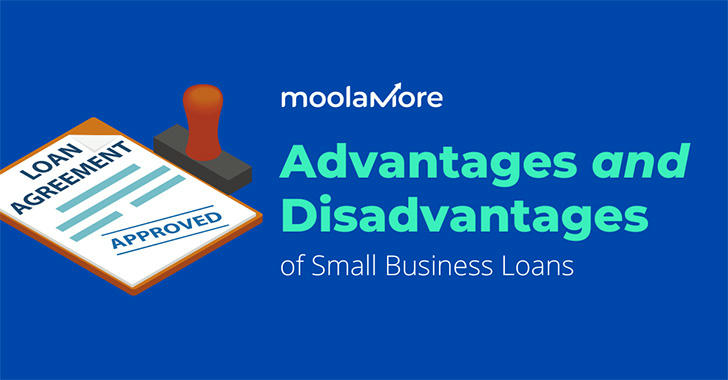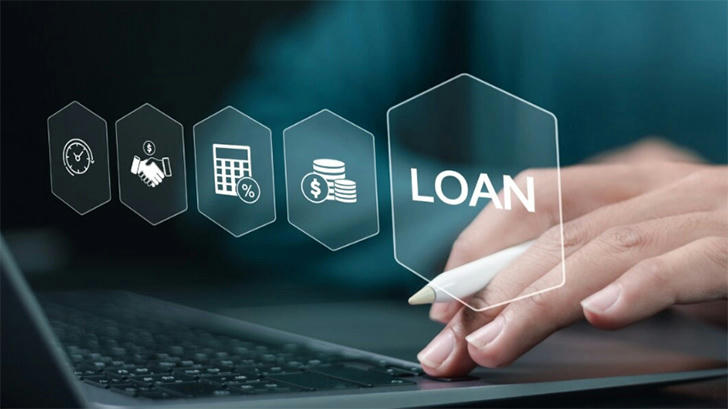Navigating the Landscape of Small Loans in the United States: Trends, Benefits, and How to Apply
In today’s fast-paced economy, financial flexibility is more important than ever. Whether you’re looking to bridge a temporary cash flow gap, handle unexpected expenses, or fund a personal project, small loans offer a practical solution. This article explores the current trends and advantages of small loans in the U.S., outlines the conditions and channels for applying, and ensures adherence to relevant policies and regulations.

Understanding Small Loans
Small loans, often referred to as microloans or personal loans, typically range from a few hundred to several thousand dollars. They are designed to provide quick and accessible funding for individuals and small businesses. Unlike traditional bank loans, small loans usually have simpler application processes, quicker approval times, and more flexible requirements, making them an attractive option for those needing immediate financial assistance.
Current Trends in Small Loans
1.Digital Transformation: The rise of fintech companies has revolutionized the small loan market. Online lenders and mobile apps now dominate the landscape, offering users the convenience of applying for loans from their smartphones or computers without the need for physical documentation.
2.Increased Accessibility: Small loans have become more accessible to a broader audience, including individuals with lower credit scores. Many lenders now use alternative data, such as utility payments and rental history, to assess creditworthiness, broadening eligibility.
3.Flexible Repayment Options: Lenders are offering more flexible repayment terms to accommodate diverse financial situations. This includes customized payment schedules and the ability to make early repayments without penalties, providing borrowers with greater control over their finances.
4.Regulatory Support: Government initiatives and regulations, such as the Small Business Administration (SBA) programs, have supported the growth of small loan availability. These policies aim to ensure fair lending practices and protect consumers from predatory lending.
Advantages of Small Loans

1.Quick Access to Funds: One of the primary benefits of small loans is the speed at which funds can be accessed. Many lenders offer same-day or next-day funding, which is crucial for emergencies or urgent financial needs.
2.Minimal Documentation: Applying for a small loan generally requires less paperwork compared to larger loans. Basic identification, proof of income, and credit information are typically sufficient, streamlining the application process.
3.Credit Building Opportunity: Responsible borrowing and timely repayments can help improve your credit score. Small loans provide an opportunity for individuals to build or rebuild their credit history, which is beneficial for future financial endeavors.
4.Versatility: Small loans can be used for various purposes, including debt consolidation, home improvements, medical expenses, or educational pursuits. This versatility makes them a valuable financial tool for different life circumstances.
5.Lower Debt Burden: Compared to larger loans, small loans usually carry lower total debt amounts, making them easier to manage and repay. This reduces the risk of falling into significant debt traps.
Conditions for Applying for a Small Loan
While small loans are more accessible, certain conditions must be met to qualify:
1.Credit Score: Although some lenders cater to lower credit scores, a fair credit score (typically around 580 or higher) increases your chances of approval and access to better interest rates.
2.Income Stability: Demonstrating a steady income is crucial. Lenders need assurance that you have the means to repay the loan, so providing proof of employment or other income sources is necessary.
3.Residency: Applicants must be U.S. residents with a valid Social Security number. Some lenders may have additional residency requirements.
4.Age: Borrowers must be at least 18 years old. Some lenders may require borrowers to be 21 or older.
5.Debt-to-Income Ratio: Lenders assess your debt-to-income ratio to ensure that you can manage additional debt. A lower ratio indicates better financial health and increases loan approval chances.
Channels for Applying for Small Loans

1.Online Lenders: Online platforms like LendingClub, Prosper, and Upstart have made applying for small loans straightforward. They offer user-friendly interfaces, quick approval processes, and competitive rates.
2.Credit Unions: Credit unions often provide small loans with favorable terms compared to traditional banks. Membership is typically required, but the benefits include lower interest rates and personalized service.
3.Peer-to-Peer Lending: Platforms such as Peerform and Funding Circle connect borrowers with individual investors willing to fund their loans. This model can result in lower interest rates and more flexible terms.
4.Local Banks: Many local and community banks offer small personal loans. They provide the advantage of face-to-face interactions and personalized service, which can be beneficial for understanding loan terms and conditions.
5.Nonprofit Organizations: Some nonprofit organizations and community development financial institutions (CDFIs) offer small loans to individuals who may not qualify through traditional lenders. These organizations often focus on supporting underserved communities and promoting financial inclusion.
Navigating Regulatory Compliance
Small loan providers in the U.S. must comply with federal and state regulations designed to protect consumers. Key regulations include:
1.Truth in Lending Act (TILA): Requires lenders to disclose the terms and costs of loans clearly, ensuring borrowers understand their financial obligations.
2.Equal Credit Opportunity Act (ECOA): Prohibits discrimination based on race, color, religion, national origin, sex, marital status, or age, ensuring fair lending practices.
3.State-Specific Regulations: Each state may have additional laws governing interest rates, fees, and lending practices. It’s essential to understand the regulations specific to your state when applying for a small loan.
4.Consumer Financial Protection Bureau (CFPB): The CFPB oversees and enforces federal consumer financial laws, ensuring that lenders operate transparently and fairly.
Conclusion
Small loans play a vital role in providing financial flexibility and support for individuals and small businesses across the United States. With the rise of digital platforms, increased accessibility, and supportive regulatory frameworks, obtaining a small loan has never been easier. By understanding the current trends, recognizing the advantages, meeting the application conditions, and navigating the various channels available, Americans can effectively leverage small loans to achieve their financial goals. As always, responsible borrowing and thorough research are key to ensuring that a small loan serves as a beneficial financial tool rather than a burden.
